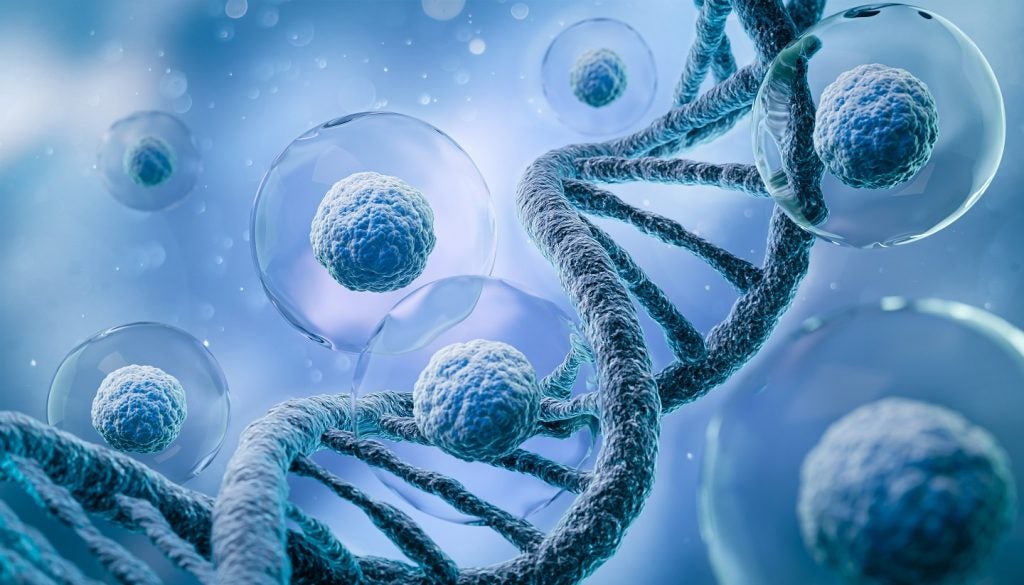Nanobiotix has filed a patent for porous, high-Z, and carbon-free particles for use in altering or destroying target cells in oncology when exposed to ionizing radiation. The particles may also contain therapeutic agents. GlobalData’s report on Nanobiotix gives a 360-degree view of the company including its patenting strategy. Buy the report here.
According to GlobalData’s company profile on Nanobiotix, Photodynamic cancer therapy drugs was a key innovation area identified from patents. Nanobiotix's grant share as of January 2024 was 43%. Grant share is based on the ratio of number of grants to total number of patents.
Porous, high-z, carbon-free particles for oncology therapy
A recently filed patent (Publication Number: US20240000940A1) describes a method for altering or destroying cancerous cells in mammals by administering porous, high-Z, and carbon-free particles along with ionizing radiation. These particles have internal pores ranging from 0.5-50 nm and are composed of high-Z metal phosphates, oxides, or mixed metal oxides with a Z value of at least 40. The method includes the use of high-Z metals such as lanthanides, tantalum, zirconium, and others, and can be applied to various solid malignant tumors like skin cancer, lung cancer, and pediatric cancer. Additionally, the particles can be loaded with therapeutic agents and targeting agents to enhance their effectiveness in targeting cancer cells.
Furthermore, the patent also covers a composition comprising these porous, high-Z, and carbon-free particles along with a pharmaceutically acceptable carrier or support. The composition can include high-Z metal phosphates, oxides, or mixed metal oxides with a Z value of at least 40, along with a biocompatible surface coating. The particles can be used individually or in combination and can be delivered using various vehicles or supports such as liposomes, viral vectors, or inorganic polymers. This innovative approach aims to improve the efficacy of cancer treatment by targeting cancer cells specifically and enhancing the effects of ionizing radiation on these cells, potentially leading to more effective and targeted cancer therapies in the future.
To know more about GlobalData’s detailed insights on Nanobiotix, buy the report here.
Premium Insights
From

The gold standard of business intelligence.
Blending expert knowledge with cutting-edge technology, GlobalData’s unrivalled proprietary data will enable you to decode what’s happening in your market. You can make better informed decisions and gain a future-proof advantage over your competitors.






